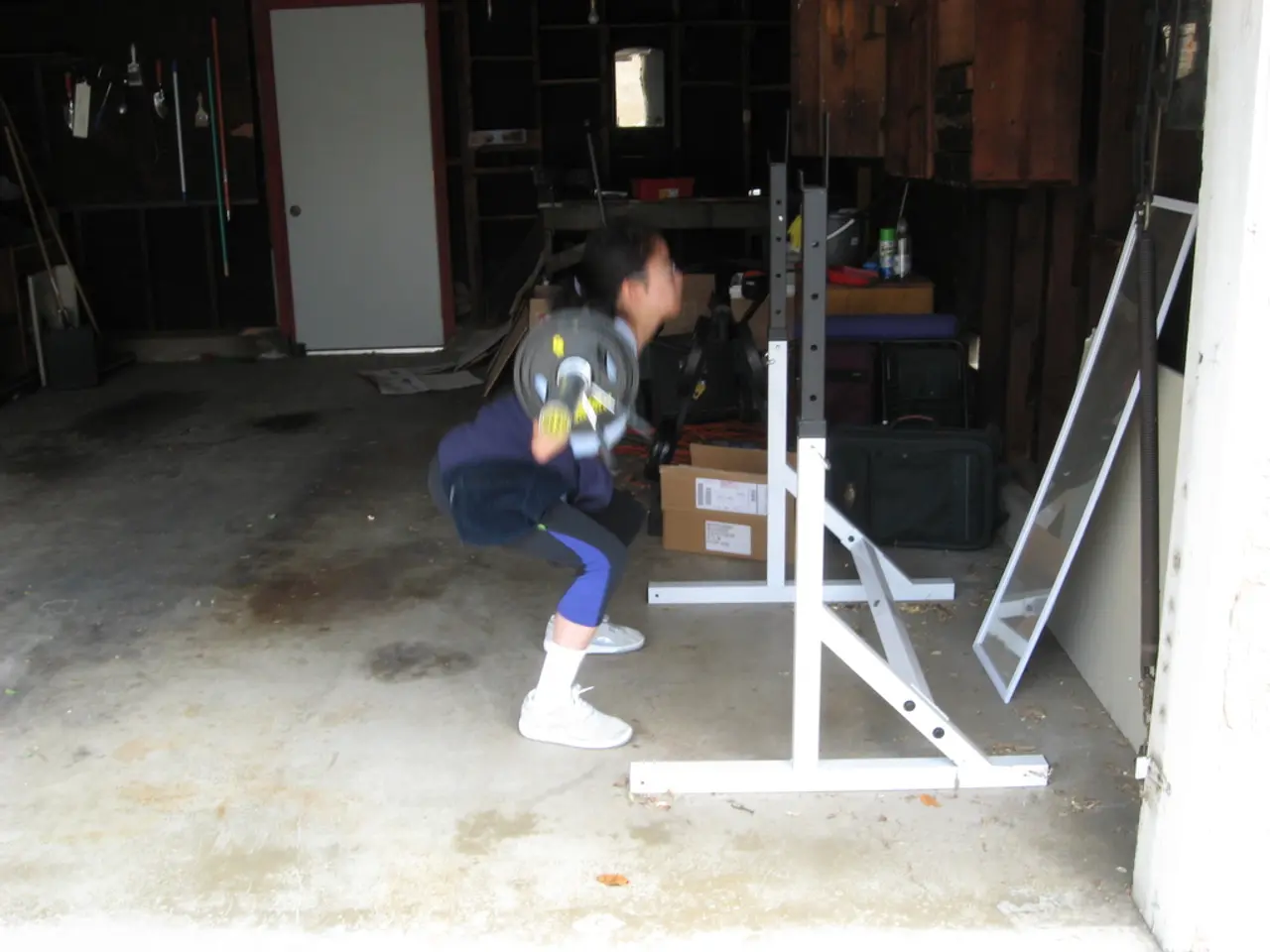Time Frame for Muscle Development
For those embarking on a strength training journey, understanding the timeline and factors that influence muscle growth can help set realistic expectations. According to athletic trainer Tom Iannetta, visible significant gains in muscle mass through strength training and a balanced diet typically take about 3 to 6 months, although initial changes might begin to appear as early as 4 to 12 weeks into a consistent routine.
The process of muscle growth happens in phases. During the initial adaptation phase (2-4 weeks), the body starts adjusting to training. The early development phase (4-12 weeks) sees some early muscle improvements. It's during the substantial growth phase (3-6 months) that more noticeable and significant muscle gains are visible.
Several factors strongly influence this timeline. Genetics play a significant role, determining muscle gain rate and potential, with some people gaining faster than others. Age also impacts the process, with older adults (40s and beyond) taking longer due to hormonal and recovery differences, while younger individuals often progress quicker.
Training experience is another crucial factor. Novices often experience faster early gains ("newbie gains") compared to more advanced lifters. Consistency and intensity in training also accelerate muscle growth, with regular, progressively challenging workouts being key.
Adequate nutrition, particularly a balanced diet rich in protein, is essential for muscle repair and growth. Sufficient sleep and rest days are also crucial to allow muscle recovery and growth.
Tom Iannetta recommends active recovery, such as low-impact, light physical activity like walking, swimming, or yoga, to reduce soreness, increase muscle recovery time, keep the heart rate up, and focus on flexibility and stretching.
For example, beginners might see some visible toning changes within 6-8 weeks, but significant muscle definition and growth usually require at least 3-6 months of consistent effort. Older adults should tailor programs to include recovery and flexibility exercises to mitigate slower progress and reduce injury risk.
In summary, maintaining consistent strength training with progressive overload, following a balanced diet rich in protein, and allowing proper recovery can lead to noticeable visible muscle gains within about 3 to 6 months, though early changes can appear as soon as 4 to 12 weeks depending on individual factors such as age, genetics, and prior training experience. Focusing on ongoing improvements, such as the ability to exercise longer or maintain strength, can be beneficial when visible changes in muscle definition have not yet occurred.
It's important to remember that muscle growth slows as we age due to a natural age-related loss of muscle mass and strength. For every five days of exercise, one should have at least 24 to 48 hours of rest to allow muscles to repair themselves and build more muscle tissue.
[1] Cleveland Clinic (n.d.). Muscle Building 101: A Complete Guide to Building Muscle. Retrieved from https://my.clevelandclinic.org/health/articles/17087-muscle-building-101-a-complete-guide-to-building-muscle [2] Iannetta, T. (2020, August 18). How Long Does It Take to Build Muscle? Retrieved from https://www.menshealth.com/health/a29923650/how-long-does-it-take-to-build-muscle/ [3] Mayo Clinic. (2020, April 17). Strength Training: Get the Most Out of Your Workouts. Retrieved from https://www.mayoclinic.org/healthy-lifestyle/fitness/in-depth/strength-training/art-20048389 [4] Schoenfeld, B. J. (2017). The Mechanics of Muscle Hypertrophy. Retrieved from https://www.ncbi.nlm.nih.gov/pmc/articles/PMC5680628/ [5] Wolfe, R. R. (2017). Sarcopenia: Definition, Prevalence, Causes, and Consequences. Retrieved from https://www.ncbi.nlm.nih.gov/pmc/articles/PMC5561804/
- To support muscle growth and repair, a balanced diet rich in protein, adequate sleep, and rest days are essential.
- In the realm of health-and-wellness, strength training, fitness-and-exercise, and sports can have a significant impact on muscle growth, but these changes are usually evident after 3 to 6 months of consistent effort.
- Sciencifically speaking, the process of muscle growth involves several phases, with the substantial growth phase (3-6 months) resulting in more noticeable muscle gains.
- The rate and potential of muscle gain can vary greatly from person to person due to factors like genetics, age, and prior training experience, which influences the timeline of visible muscle growth.








